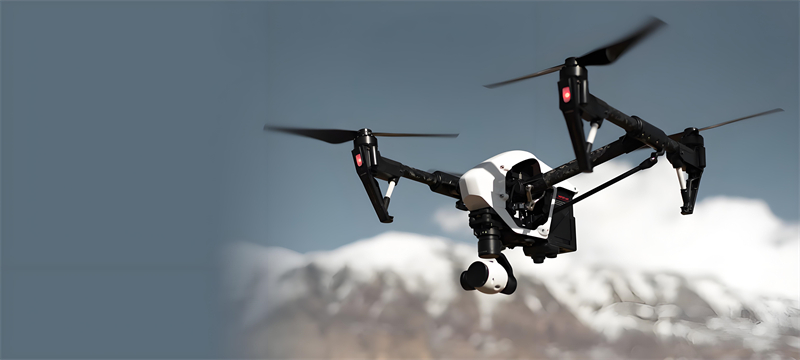
In the field of modern technology, three-axis gyroscope modules stand out as key components in various applications such as aerospace, automotive systems and drone technology. This complex device measures angular velocity and direction, making it an important tool in inertial navigation systems. Understanding the principles and usage of three-axis gyroscopes is critical for engineers and developers who wish to effectively utilize their capabilities.
## Introduction to gyroscope principle
Essentially, a gyroscope is a device that uses the principle of angular momentum to maintain orientation. The basic principle of a gyroscope is based on the conservation of angular momentum, which makes it resistant to changes in the axis of rotation. This property makes gyroscopes invaluable in navigation and stabilization applications.
### Three-axis gyroscope principle
Three-axis gyroscopes extend the basic principles of gyroscopes by measuring rotational motion about three vertical axes (pitch, roll, and yaw). This feature allows a complete understanding of the object's orientation in three-dimensional space. The three-axis gyroscope module outputs angular velocity data in real time to achieve precise navigation and control in dynamic environments.
## How to use a three-axis gyroscope
### 1. Connect the circuit
To start using the three-axis gyroscope module, the first step is to connect it to a microcontroller unit (MCU) or development board. The output signal of the gyroscope is an analog voltage signal, which must be converted into a digital signal using an analog-to-digital converter (ADC). Proper wiring must be ensured during this process as incorrect connections may result in inaccurate measurements or potential damage to the equipment.
### 2.Initialization
After the circuit is connected, the next step is to initialize the three-axis gyroscope module. This initialization process involves setting the measurement range and configuring filters to optimize performance. Proper initialization is critical to ensuring accurate and reliable data output.
### 3. Read data
After the initialization is completed, the voltage signal of the gyroscope module can be read through the MCU or ADC module of the development board. This signal is then converted into an angular velocity value. When reading data, you need to pay attention to the sampling frequency and accuracy, as well as the units and coordinate system used by the data.
### 4. Data processing
With the angular velocity data, further processing and analysis can be performed. Common methods include filtering to reduce noise, integration calculations to derive angles, and implementing embedded pose calculation algorithms. The choice of data processing method should match the specific requirements of the application to ensure optimal performance.
### 5. Output results
Finally, the processed angular velocity data can be used to derive attitude information such as pitch, roll, and yaw angles. These results can be output to displays, control devices or communication modules, facilitating functions ranging from navigation to stabilization.
## in conclusion
Three-axis gyroscope modules are powerful tools in the field of inertial navigation, providing precise measurements of angular velocity and direction. Its applications span multiple industries, including aerospace, automotive and drone technology. By understanding how this technology works and its correct use, engineers and developers can unlock its full potential, drive innovation and improve performance in their fields. Whether you are designing a new drone or developing an advanced navigation system, a three-axis gyroscope is an essential component that can take your project to new heights.
Post time: Nov-01-2024

